Imagine a DevOps engineer juggling tight deadlines, complex CI/CD pipelines, and a growing microservices architecture. A single failed build can delay a product launch, frustrate stakeholders, and drain team morale. In 2025, these pain points are all too common as software complexity skyrockets. According to Market Research, the generative AI in DevOps market is projected to grow from $942.5 million in 2022 to $22,100 million by 2032, a 38.20% CAGR, reflecting AI’s transformative potential. This article explores 15 AI for DevOps tools that streamline pipelines, boost developer productivity, and deliver pain-free software development. Using a listicle with deep dives, we’ll uncover how these AIOps tools solve real-world challenges for professionals, from startups to enterprises.
What are AI for DevOps tools?
AI for DevOps tools leverage artificial intelligence and machine learning to automate and optimize tasks across the DevOps lifecycle, including code generation, testing, monitoring, and deployment. These tools enhance efficiency, predict failures, and improve collaboration, enabling teams to deliver high-quality software faster.
Understanding the Professional’s Challenge
DevOps teams face mounting challenges in 2025. Complex microservices architectures, frequent deployments, and rising security threats increase the risk of pipeline failures. A 2024 Stack Overflow survey found that 68% of developers spend over 20 hours weekly debugging or refactoring code, highlighting inefficiencies. For SMEs in Nigeria, limited budgets and local infrastructure constraints amplify these issues. Common pain points include:
- Pipeline Bottlenecks: Manual testing and debugging slow down CI/CD pipelines, delaying releases.
- Error-Prone Processes: Human errors in configuration or code reviews lead to costly downtime.
- Resource Constraints: SMEs struggle with scaling infrastructure without dedicated DevOps expertise.
- Security Vulnerabilities: Growing software supply chain attacks demand automated threat detection.
- Team Collaboration Gaps: Miscommunication between development and operations teams hinders agility.
These challenges impact efficiency, increase operational costs, and erode customer trust. AI for DevOps tools address these by automating repetitive tasks, providing predictive insights, and fostering collaboration, enabling teams to focus on strategic innovation.
15 Must-Have AI for DevOps Tools
Below, we dive into 15 AI-powered tools transforming DevOps workflows, each tailored to address specific pain points. With a conversational tone, we’ll explore their purpose, features, benefits, and real-world applications, prioritizing solutions suitable for startups and SMEs.
1. GitHub Copilot
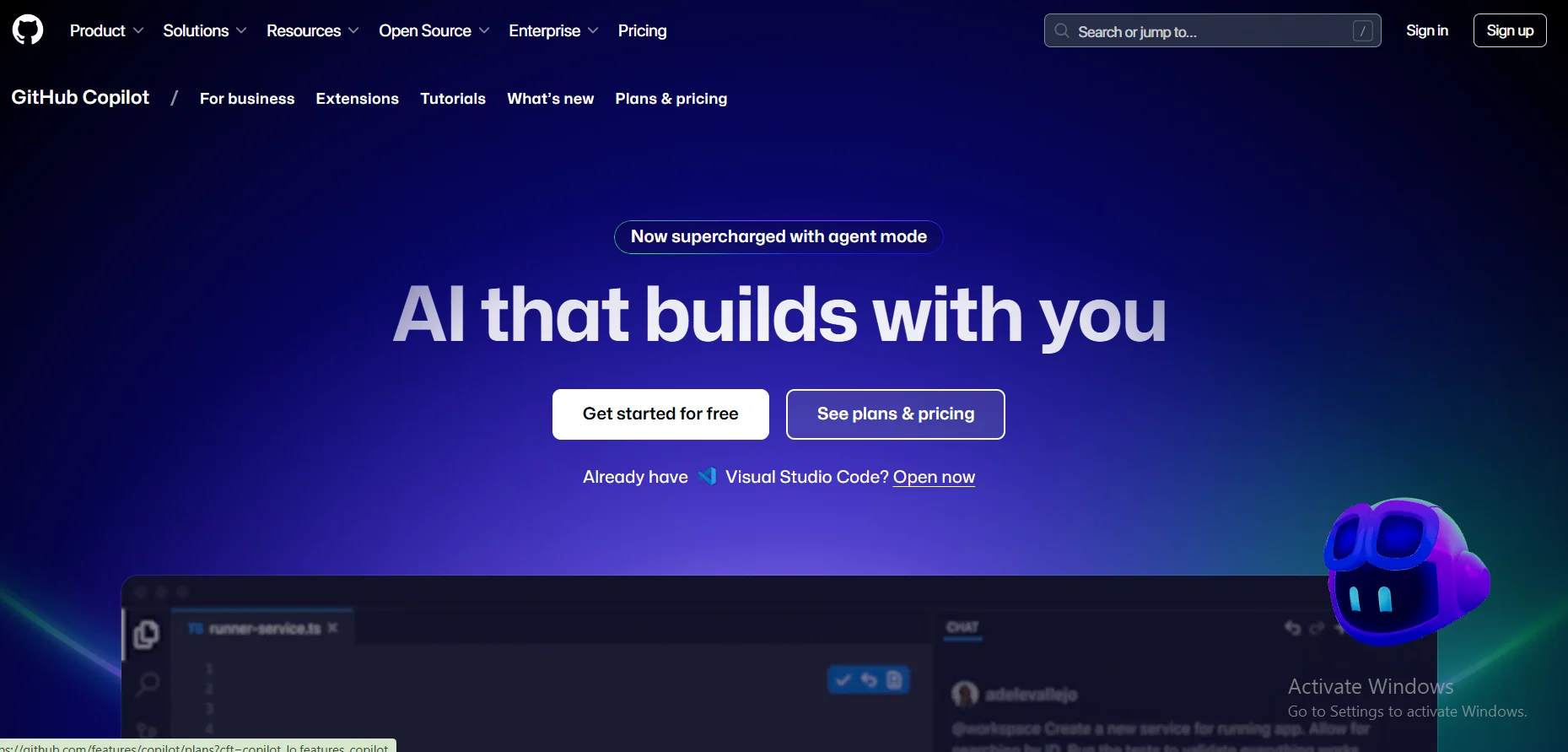
Purpose: Enhances developer productivity by generating code and automating CI/CD tasks.
Key Features:
- Real-time code suggestions and autocompletion.
- Supports multiple languages and IDEs like VS Code.
- Integrates with GitHub for seamless pipeline automation.
Benefits: Reduces coding time by up to 50%, minimizes syntax errors, and accelerates CI/CD cycles.
Ease of Use: Minimal learning curve; intuitive for developers familiar with GitHub.
Integration: Works with GitHub Actions, Azure DevOps, and Jenkins.
Pricing Model: Subscription-based; $10/month for individuals, enterprise plans available.
Real-World Application: A Nigerian fintech startup uses Copilot to generate Terraform configurations, cutting infrastructure setup time by 40%.
Pros: Boosts productivity, seamless IDE integration, supports diverse codebases.
Cons: Limited context awareness for complex infrastructure tasks.
2. AWS CodeGuru
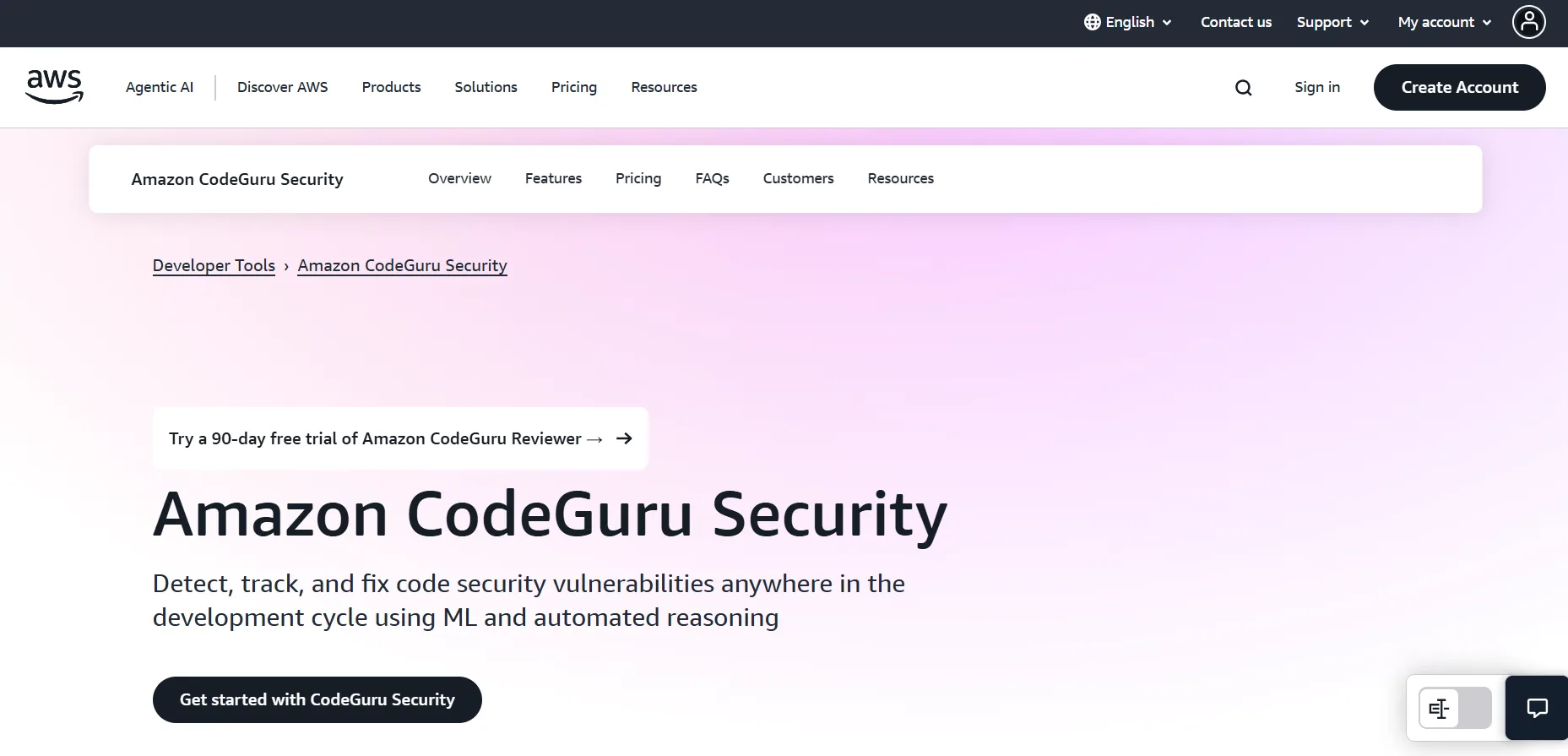
Purpose: Optimizes code quality and performance through AI-driven reviews.
Key Features:
- CodeGuru Reviewer for automated code defect detection.
- CodeGuru Profiler for performance bottleneck analysis.
- Supports Java and Python repositories.
Benefits: Reduces technical debt, catches bugs early, and lowers infrastructure costs.
Ease of Use: Moderate learning curve; requires familiarity with AWS ecosystems.
Integration: Integrates with AWS CI/CD pipelines and IDEs.
Pricing Model: Pay-as-you-go; free tier for small-scale use.
Real-World Application: A global e-commerce SME uses CodeGuru to reduce API latency by 20% through AI-suggested optimizations.
Pros: Enterprise-grade, cost-effective for AWS users, detailed analytics.
Cons: Limited language support, AWS-centric.
3. Dynatrace
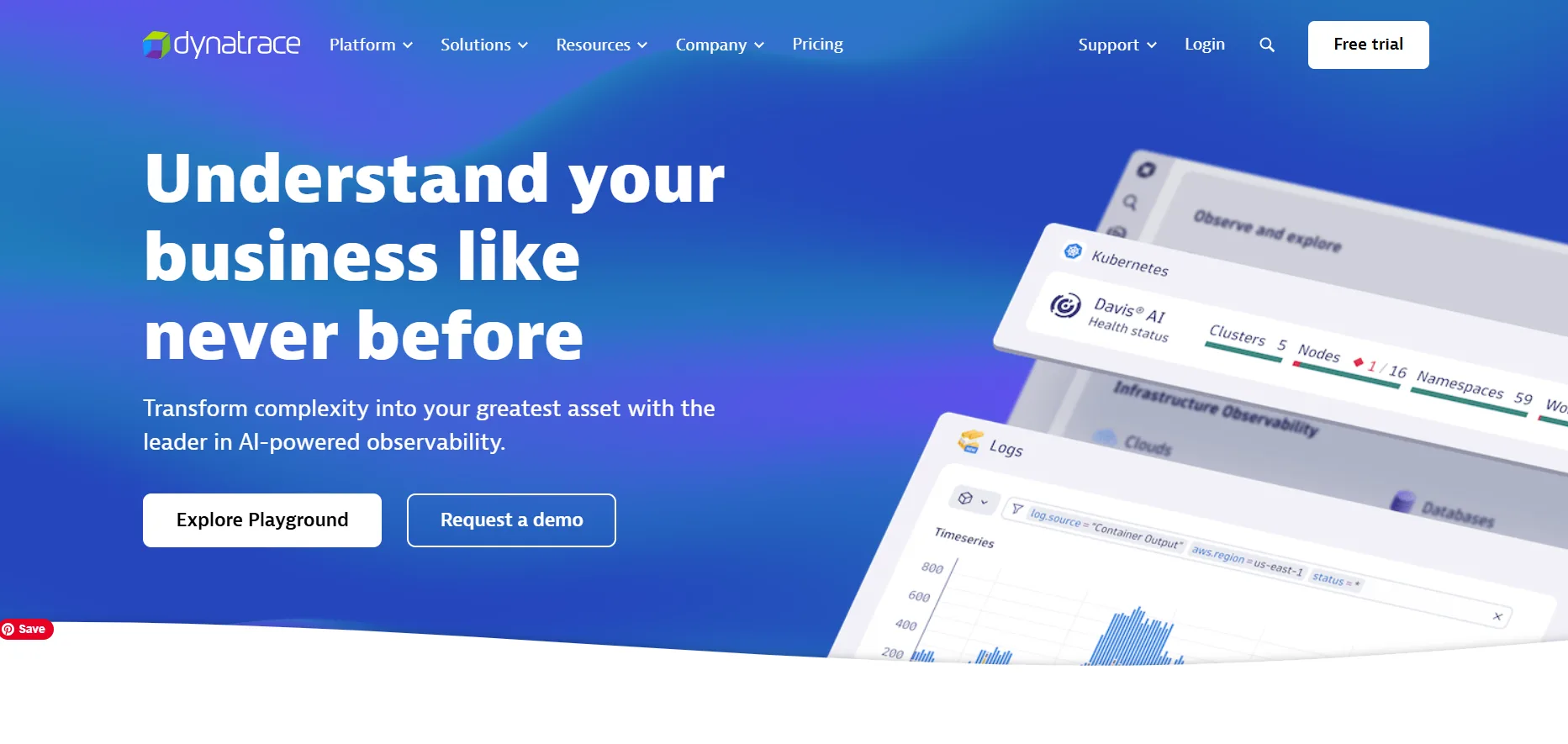
Purpose: Provides AI-driven observability for application and infrastructure monitoring.
Key Features:
- Davis AI engine for predictive analytics and root cause analysis.
- Real-time anomaly detection in cloud environments.
- Natural language explanations for performance issues.
Benefits: Reduces mean time to resolution (MTTR) by 60%, enhances system reliability.
Ease of Use: User-friendly dashboard; steep learning curve for advanced features.
Integration: Supports Kubernetes, AWS, Azure, and Google Cloud.
Pricing Model: Subscription-based; pricing varies by scale.
Real-World Application: A Lagos-based SaaS company uses Dynatrace to predict server outages, saving $10,000 monthly in downtime costs.
Pros: Comprehensive observability, proactive issue detection.
Cons: High cost for small teams, complex setup.
4. Jenkins with AI Plugin
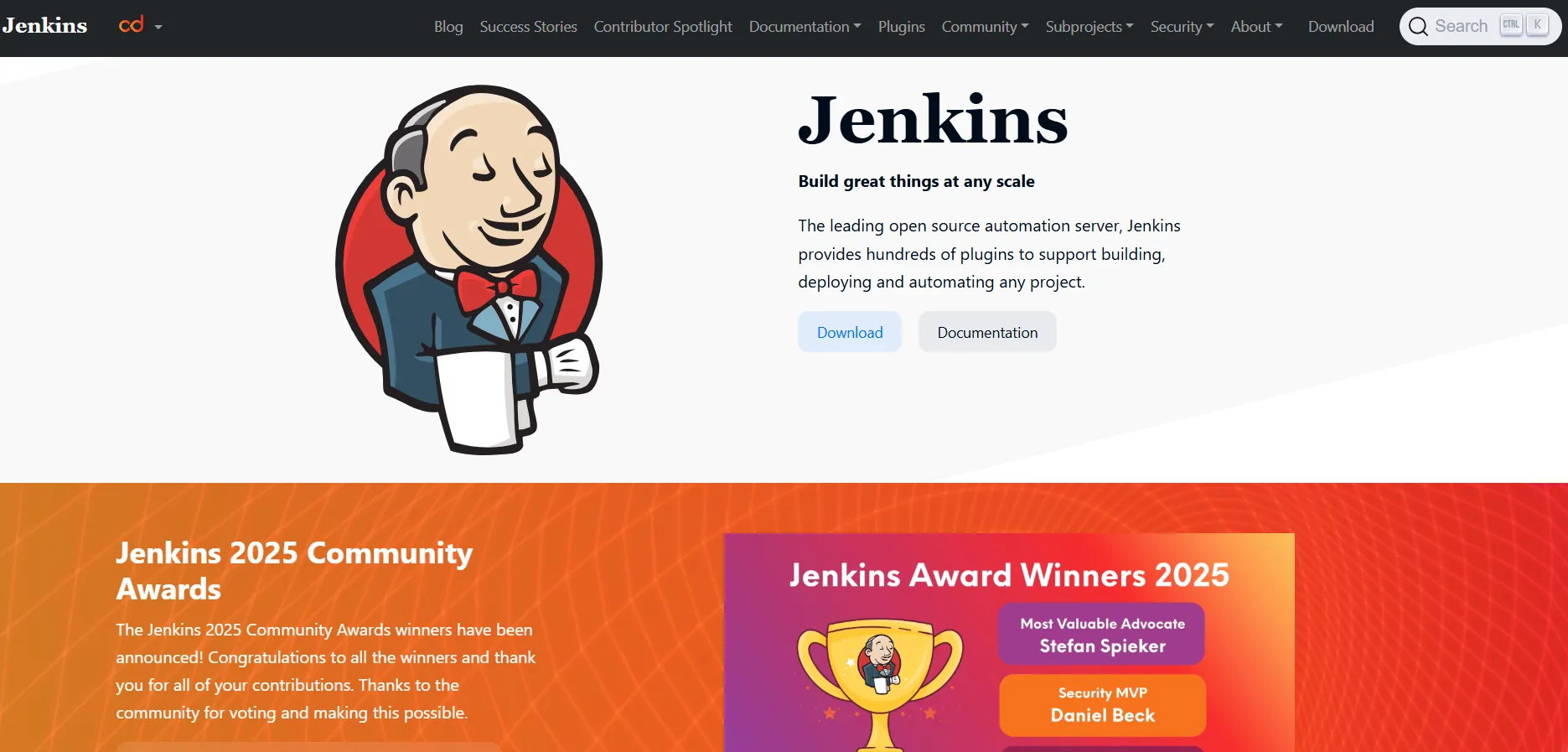
Purpose: Enhances CI/CD pipelines with predictive analytics and automation.
Key Features:
- Predictive build failure detection using ML.
- Automated test case prioritization.
- Anomaly detection in pipeline performance.
Benefits: Cuts build failures by 30%, speeds up testing cycles.
Ease of Use: Moderate; requires Jenkins expertise.
Integration: Compatible with Git, Docker, and Kubernetes.
Pricing Model: Open-source with free AI plugins; enterprise support available.
Real-World Application: A Nigerian edtech startup uses Jenkins AI to prioritize tests, reducing release cycles by 25%.
Pros: Cost-effective, highly customizable, community-driven.
Cons: Setup complexity, plugin maintenance required.
5. Kubiya
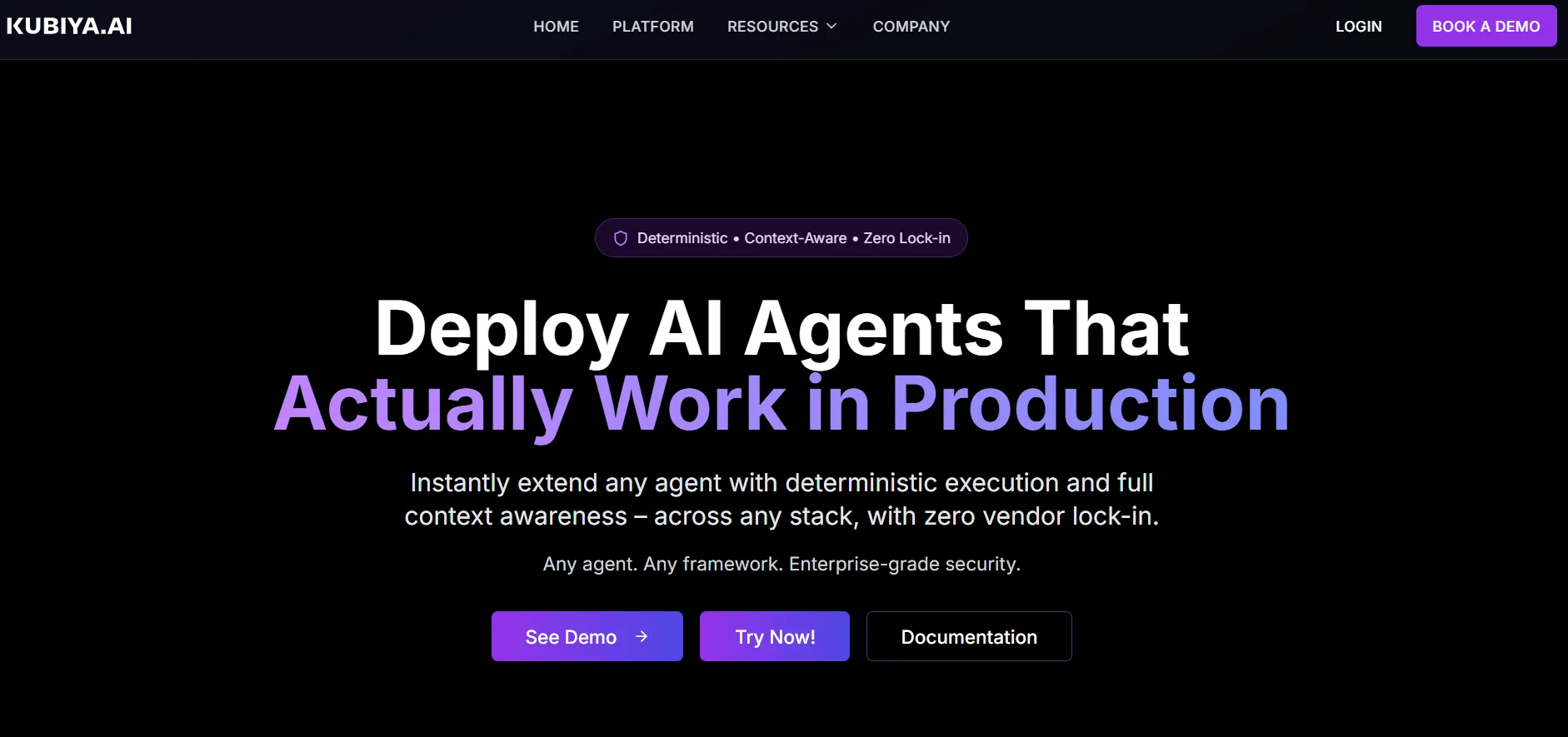
Purpose: Acts as an AI virtual assistant for DevOps automation.
Key Features:
- Automates infrastructure provisioning and CI/CD pipelines.
- NLP-powered chatbot for troubleshooting.
- Integrates with cloud-native tools.
Benefits: Saves 20 hours weekly on repetitive tasks, improves team productivity.
Ease of Use: Intuitive for cloud-native teams; minimal setup.
Integration: Works with AWS, Azure, and Slack.
Pricing Model: Freemium; premium plans for enterprises.
Real-World Application: A South African SME automates Kubernetes deployments with Kubiya, reducing manual effort by 50%.
Pros: User-friendly, scalable, cost-effective for startups.
Cons: Limited advanced analytics compared to competitors.
6. Saturnhead AI (Spacelift)
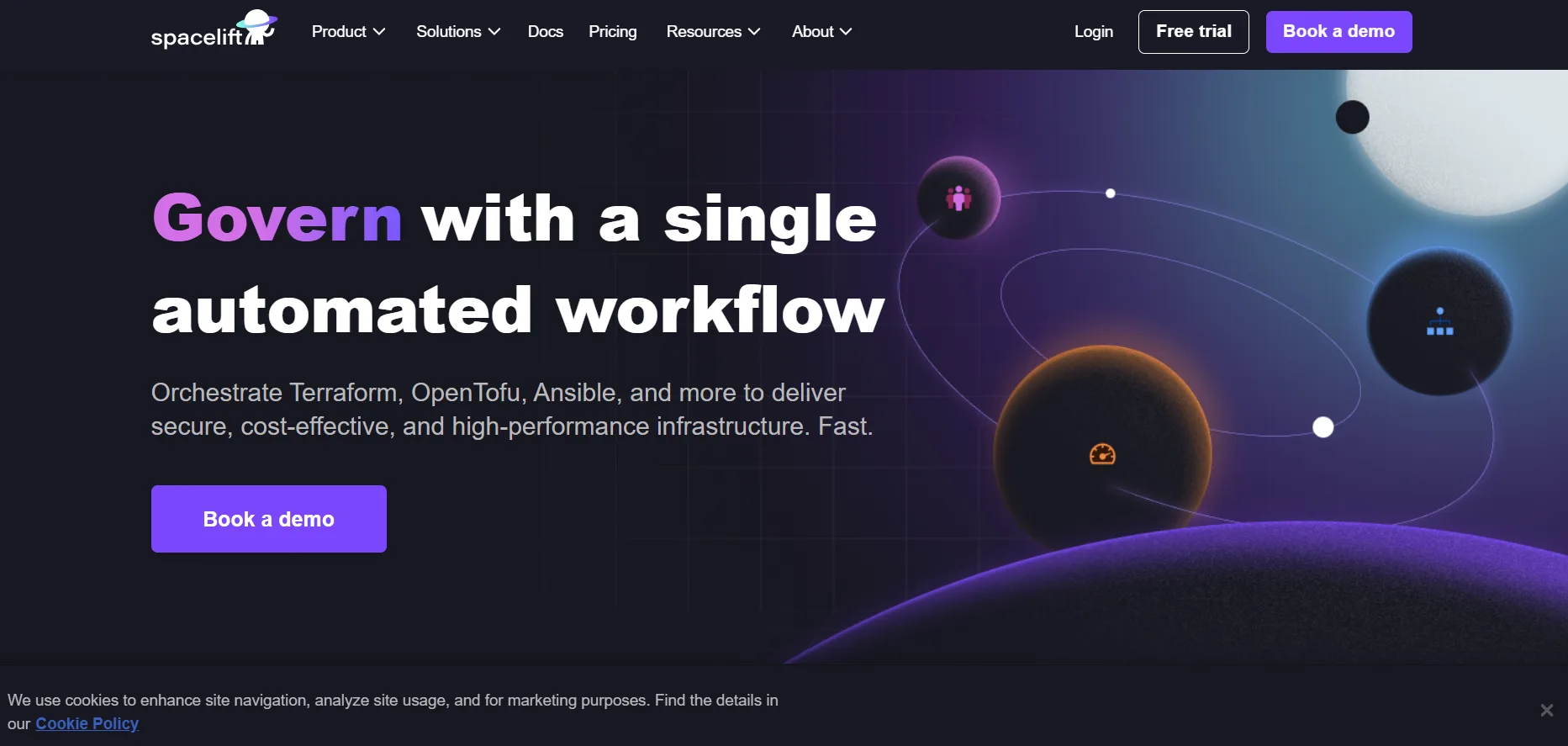
Purpose: Simplifies troubleshooting with AI-driven log analysis.
Key Features:
- Automated runner phase log analysis.
- Actionable feedback for pipeline failures.
- Integrates with Spacelift’s IaC platform.
Benefits: Reduces resolution time by 70%, eliminates operational bottlenecks.
Ease of Use: Seamless for Spacelift users; moderate for others.
Integration: Compatible with Terraform and Spacelift workflows.
Pricing Model: Included with Spacelift subscriptions; custom pricing.
Real-World Application: A UK-based startup uses Saturnhead AI to resolve 1,000+ failed runs weekly, saving 10 hours of debugging. Pros: Enterprise-grade, fast issue resolution.
Cons: Tied to Spacelift, limited standalone use.
7. Sysdig
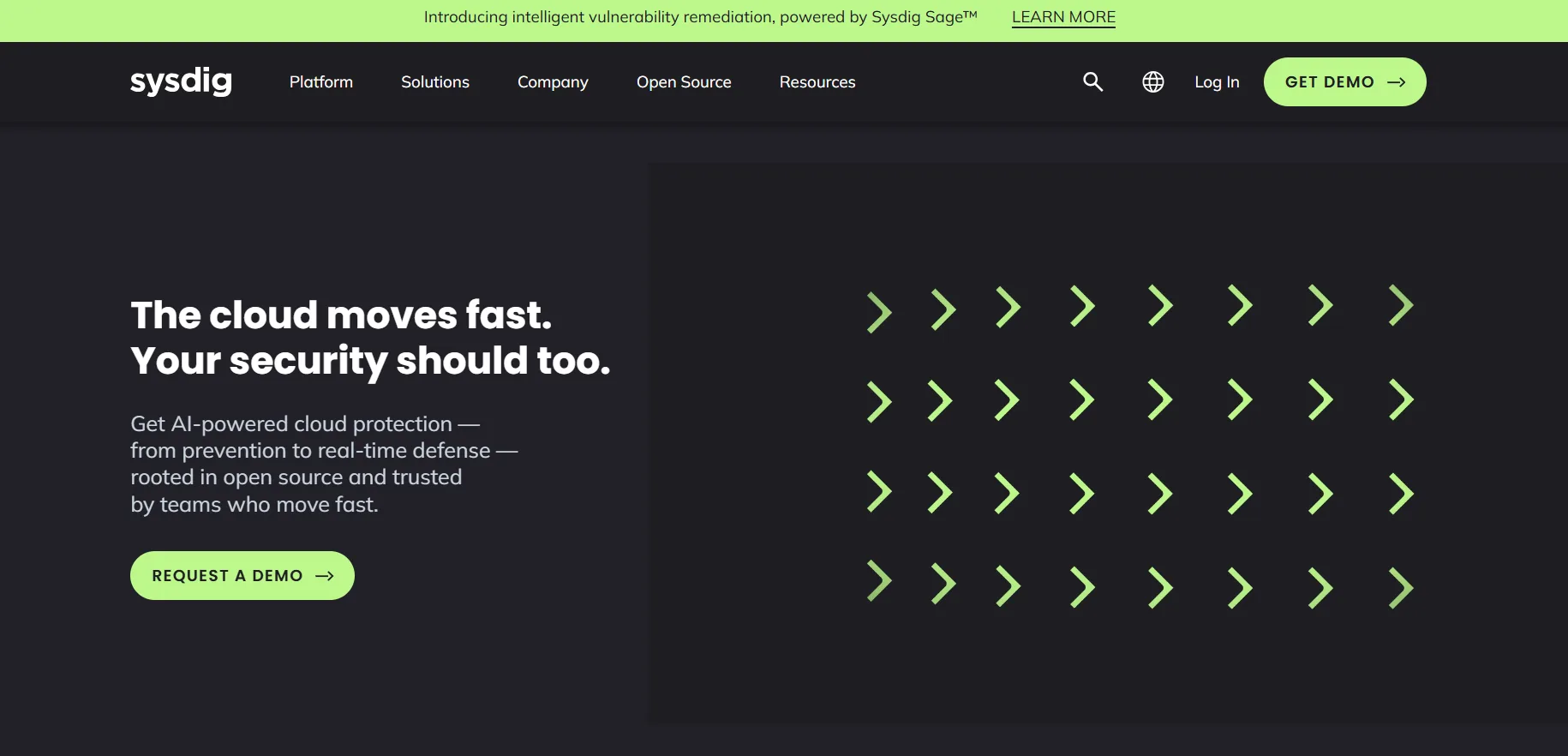
Purpose: Enhances DevSecOps with AI-driven security and observability.
Key Features:
- Rule-based and ML-driven threat detection.
- Compliance auditing for Kubernetes environments.
- Real-time anomaly detection.
Benefits: Strengthens security, reduces compliance risks.
Ease of Use: Moderate; requires Kubernetes knowledge.
Integration: Supports containers, Kubernetes, and cloud platforms.
Pricing Model: Commercial and open-source (Falco) options.
Real-World Application: A Nigerian bank uses Sysdig to detect container vulnerabilities, ensuring regulatory compliance.
Pros: Robust security, open-source option.
Cons: Complex for non-Kubernetes environments.
8. KaneAI (LambdaTest)
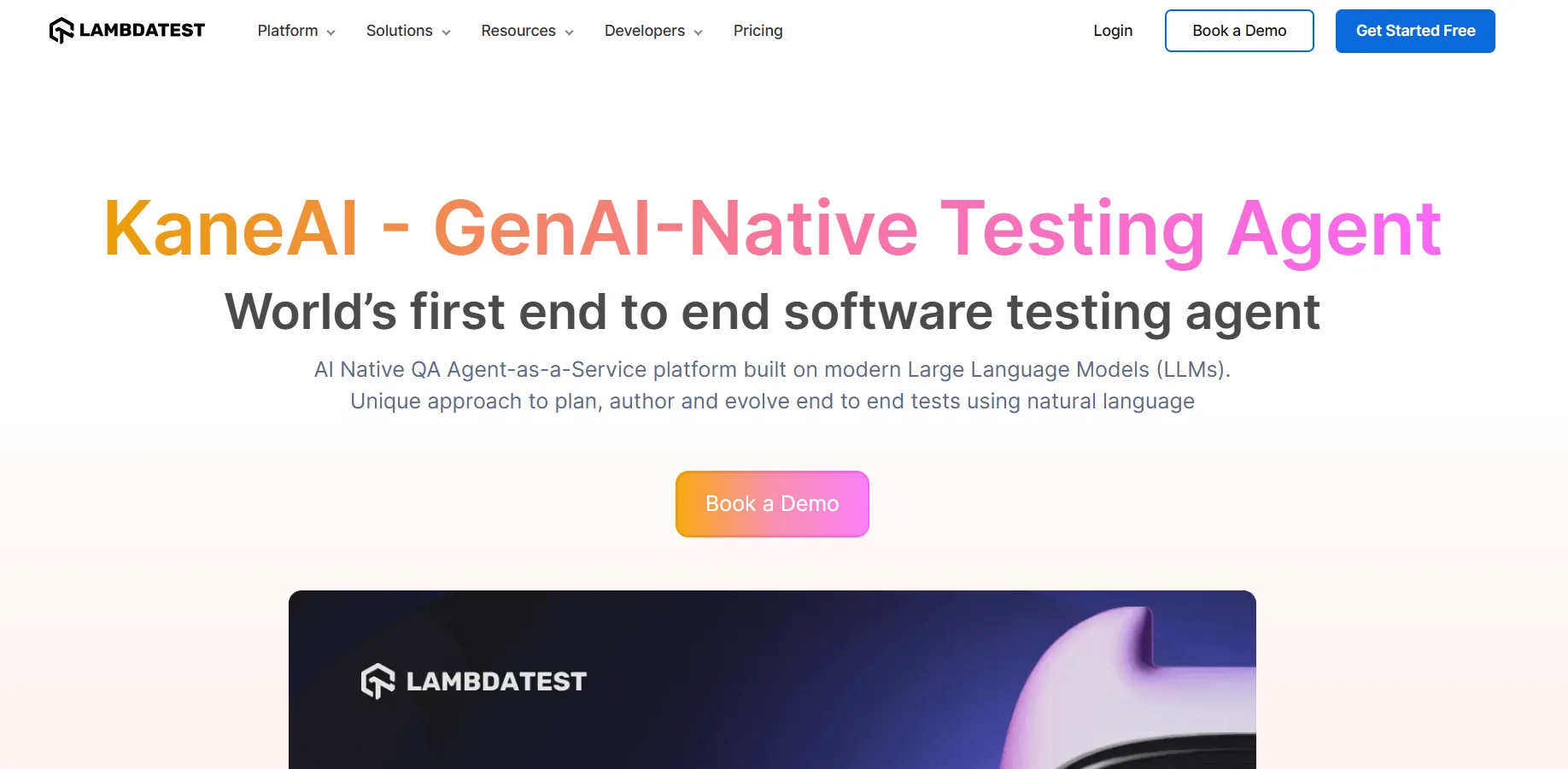
Purpose: Streamlines testing with AI-native test generation.
Key Features:
- Natural language test creation and debugging.
- Identifies flaky tests and failure patterns.
- Real-time collaboration for QA teams.
Benefits: Cuts testing time by 30%, improves test reliability.
Ease of Use: Intuitive for QA teams; low learning curve.
Integration: Integrates with Azure DevOps and Jenkins.
Pricing Model: Freemium; enterprise pricing available.
Real-World Application: A Lagos-based e-commerce platform uses KaneAI to automate UI testing, reducing bugs by 25%.
Pros: User-friendly, enhances QA efficiency.
Cons: Limited to testing-focused workflows.
9. ClickUp Brain
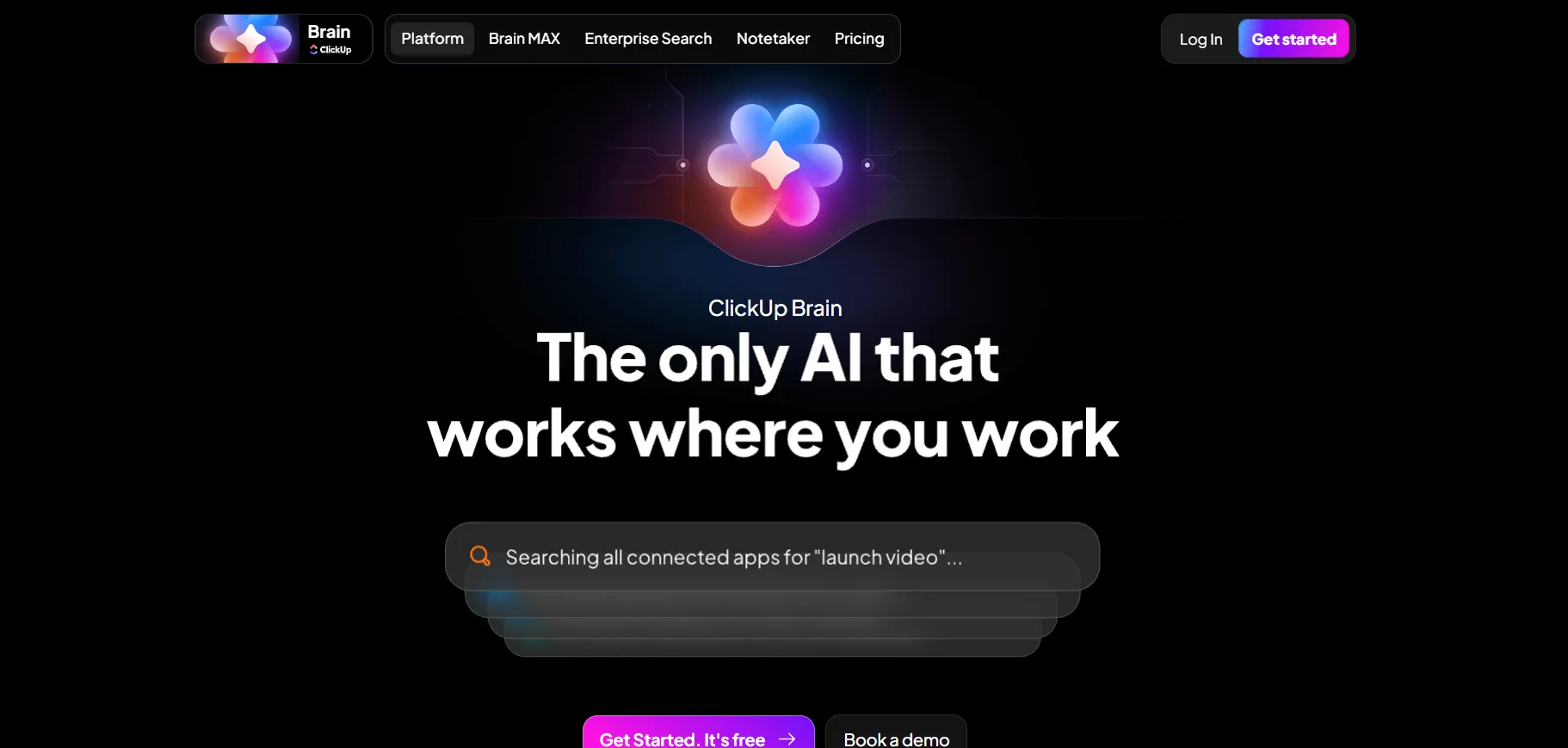
Purpose: Centralizes DevOps project management with AI automation.
Key Features:
- Automates documentation and task assignment.
- Tracks sprint progress with AI insights.
- Mind Maps for remote team collaboration.
Benefits: Boosts team alignment, reduces manual task management.
Ease of Use: Highly intuitive; minimal setup.
Integration: Works with Git, Jira, and Slack.
Pricing Model: Freemium; starts at $7/user/month.
Real-World Application: A Nigerian startup uses ClickUp Brain to streamline sprint planning, improving delivery by 20%.
Pros: All-in-one solution, cost-effective for SMEs.
Cons: Limited advanced DevOps features.
10. Ansible with AI
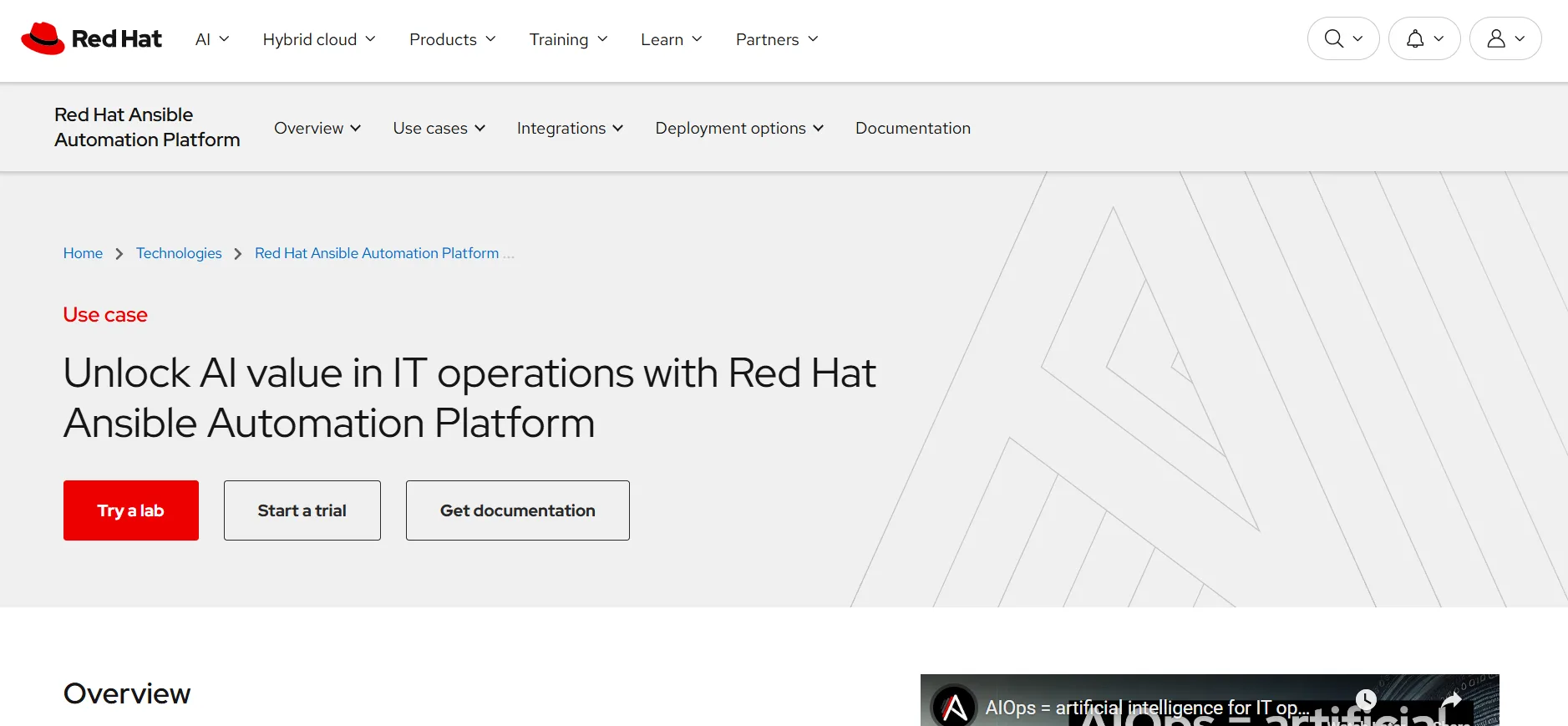
Purpose: Automates infrastructure management with AI-driven playbooks.
Key Features:
- AI-enhanced configuration automation.
- Predictive scaling based on usage patterns.
- Self-healing infrastructure capabilities.
Benefits: Reduces manual configuration errors by 40%, optimizes resources.
Ease of Use: Moderate; requires Ansible expertise.
Integration: Compatible with AWS, Azure, and Kubernetes.
Pricing Model: Open-source; enterprise support available.
Real-World Application: A global SME uses Ansible AI to automate cloud scaling, saving $5,000 monthly.
Pros: Scalable, cost-effective, robust community.
Cons: Complex for beginners.
11. Apidog
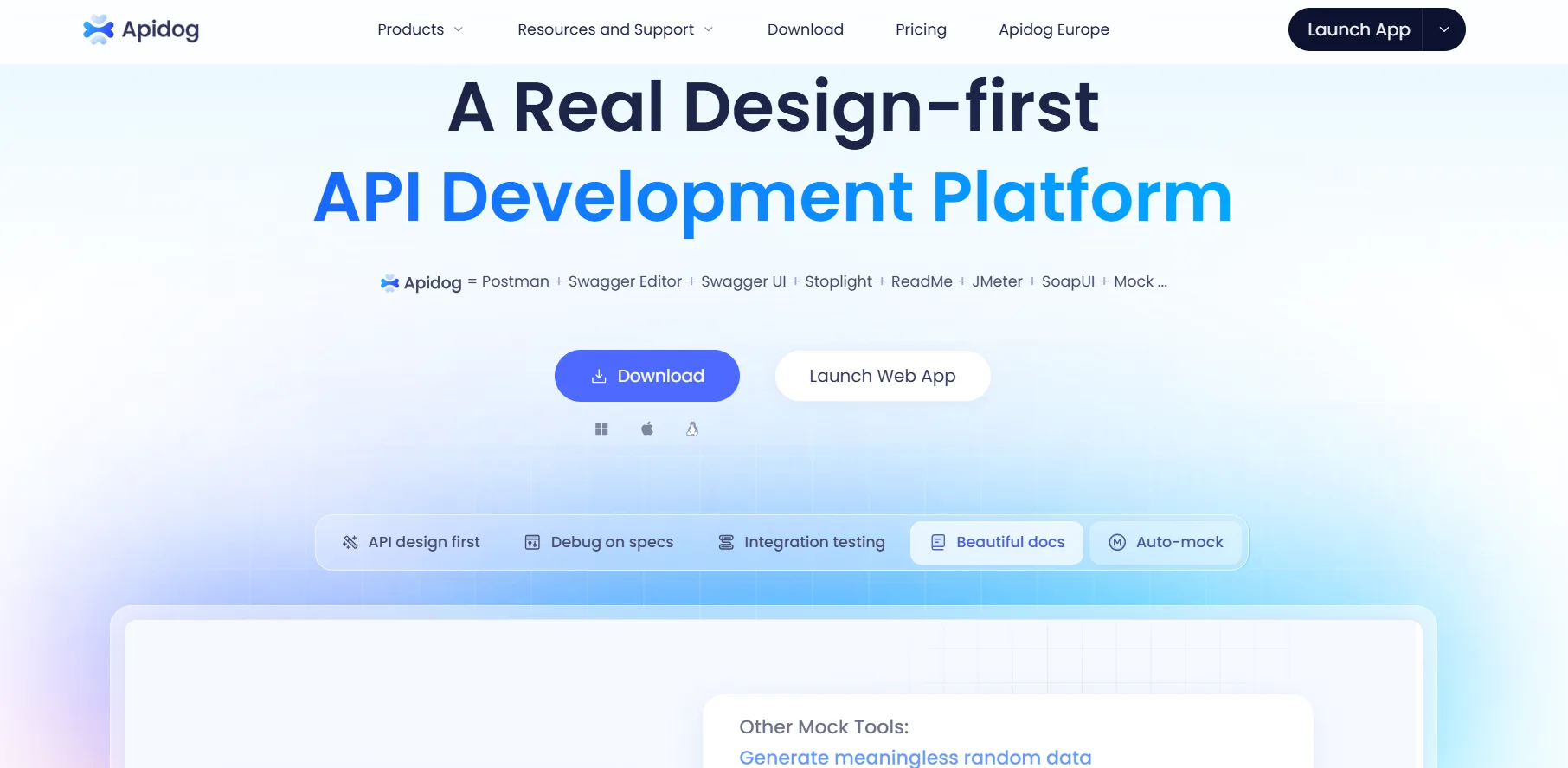
Purpose: Simplifies API management for DevOps teams.
Key Features:
- AI-driven API testing and documentation.
- Supports REST, SOAP, and GraphQL.
- Collaborative API lifecycle management.
Benefits: Speeds up API testing by 30%, enhances team collaboration.
Ease of Use: User-friendly; low learning curve.
Integration: Works with Jenkins and Postman.
Pricing Model: Freemium; enterprise plans available.
Real-World Application: A Nigerian healthtech startup uses Apidog to streamline API testing, reducing release cycles by 15%.
Pros: Collaborative, cost-effective for SMEs.
Cons: Limited advanced analytics.
12. Vercel v0
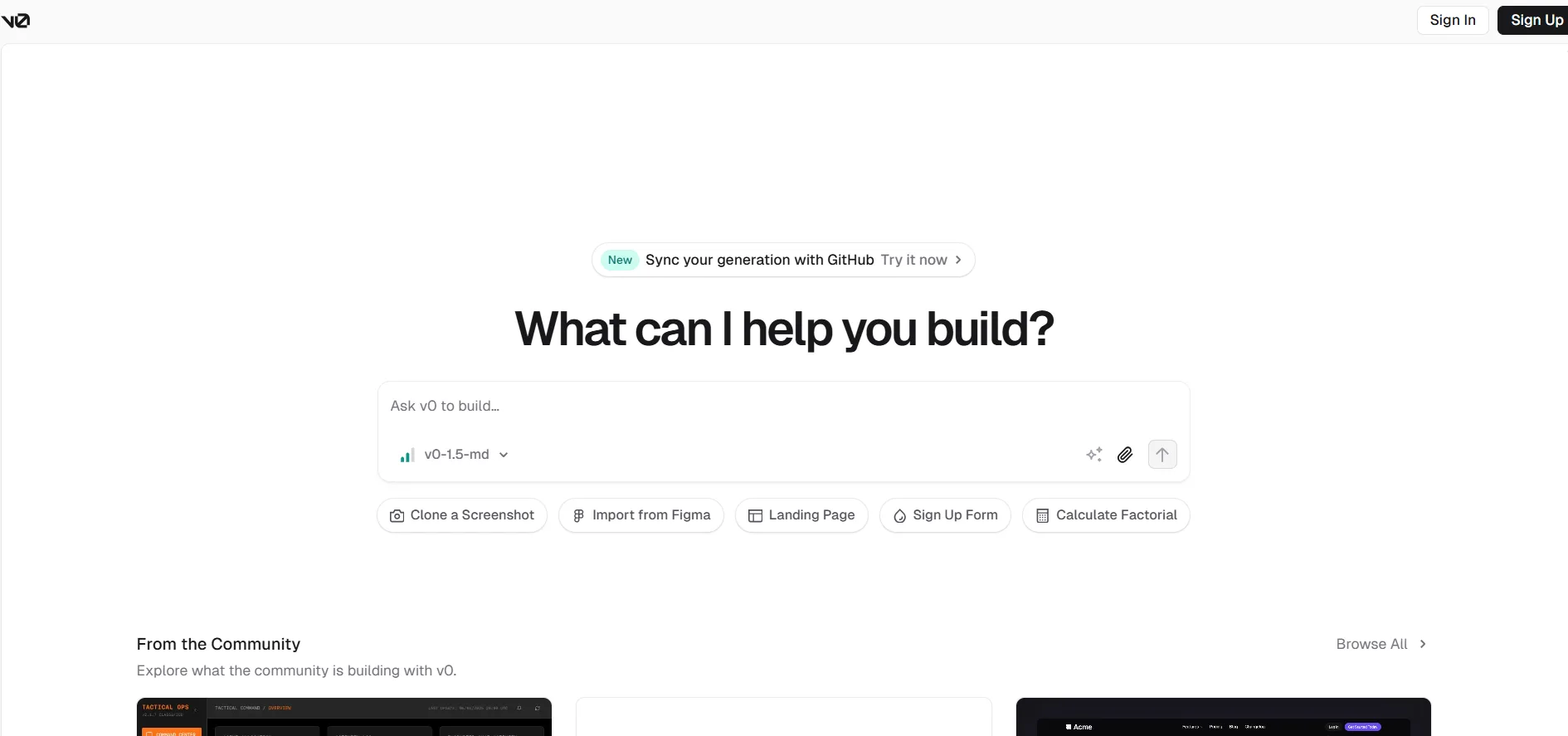
Purpose: Enables serverless deployments with AI optimizations.
Key Features:
- AI-driven performance optimizations.
- Automatic deployments with every git commit.
- Serverless function support.
Benefits: Ensures fast load times, minimizes downtime.
Ease of Use: Simple for serverless workflows; moderate for complex setups.
Integration: Integrates with Git and Vercel platforms.
Pricing Model: Freemium; pay-as-you-go for scaling.
Real-World Application: A European startup uses Vercel v0 for instant deployments, cutting release time by 50%.
Pros: Scalable, simplifies serverless workflows.
Cons: Limited to serverless environments.
13. InsightFinder
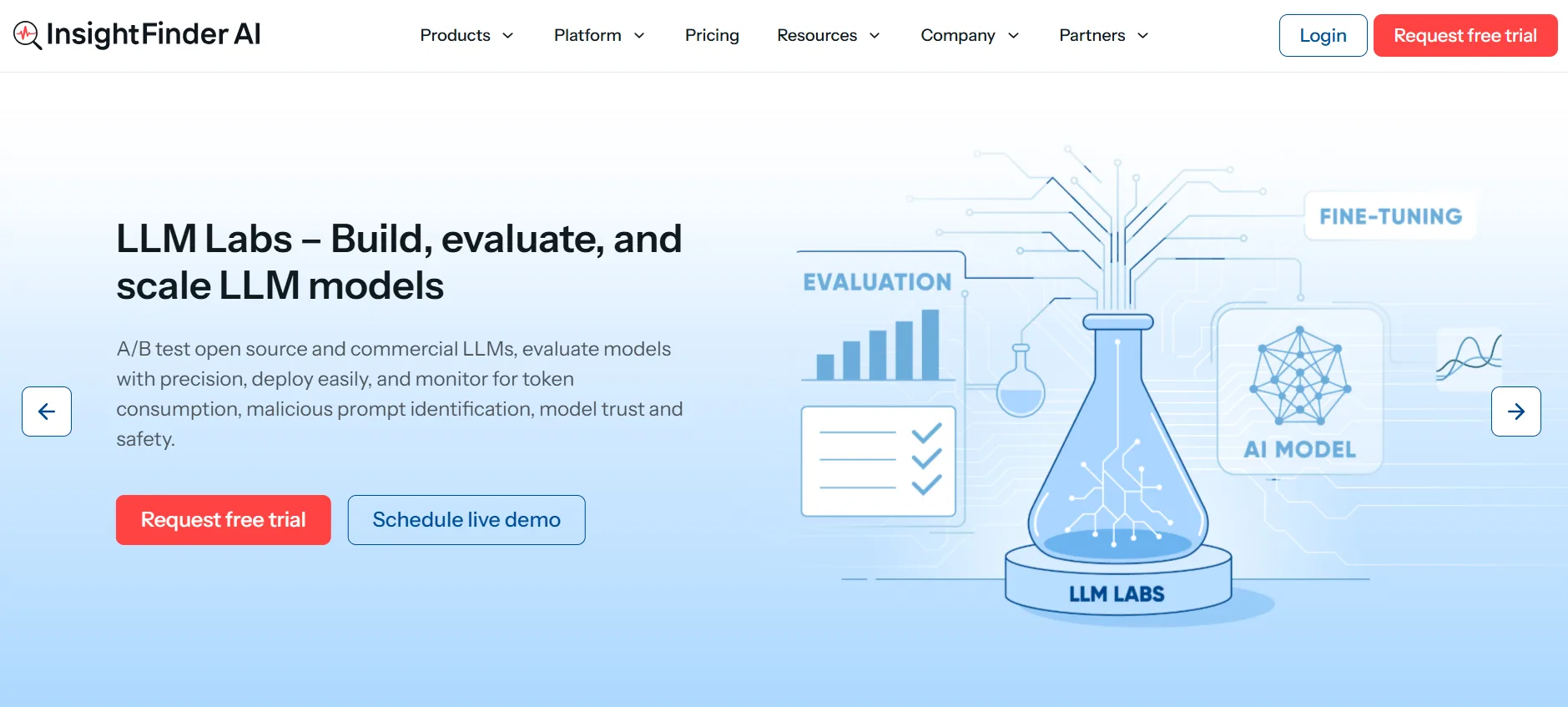
Purpose: Predicts IT incidents with high accuracy.
Key Features:
- 85.3% accurate incident prediction.
- Analyzes three months of data for insights.
- Real-time anomaly detection.
Benefits: Provides 105-minute warnings for issues, reduces downtime.
Ease of Use: Moderate; requires data integration.
Integration: Supports cloud and on-premise systems.
Pricing Model: Subscription-based; custom pricing.
Real-World Application: A US-based SME uses InsightFinder to predict outages, saving $20,000 annually.
Pros: Highly accurate, proactive alerts.
Cons: Complex setup for small teams.
14. Harness
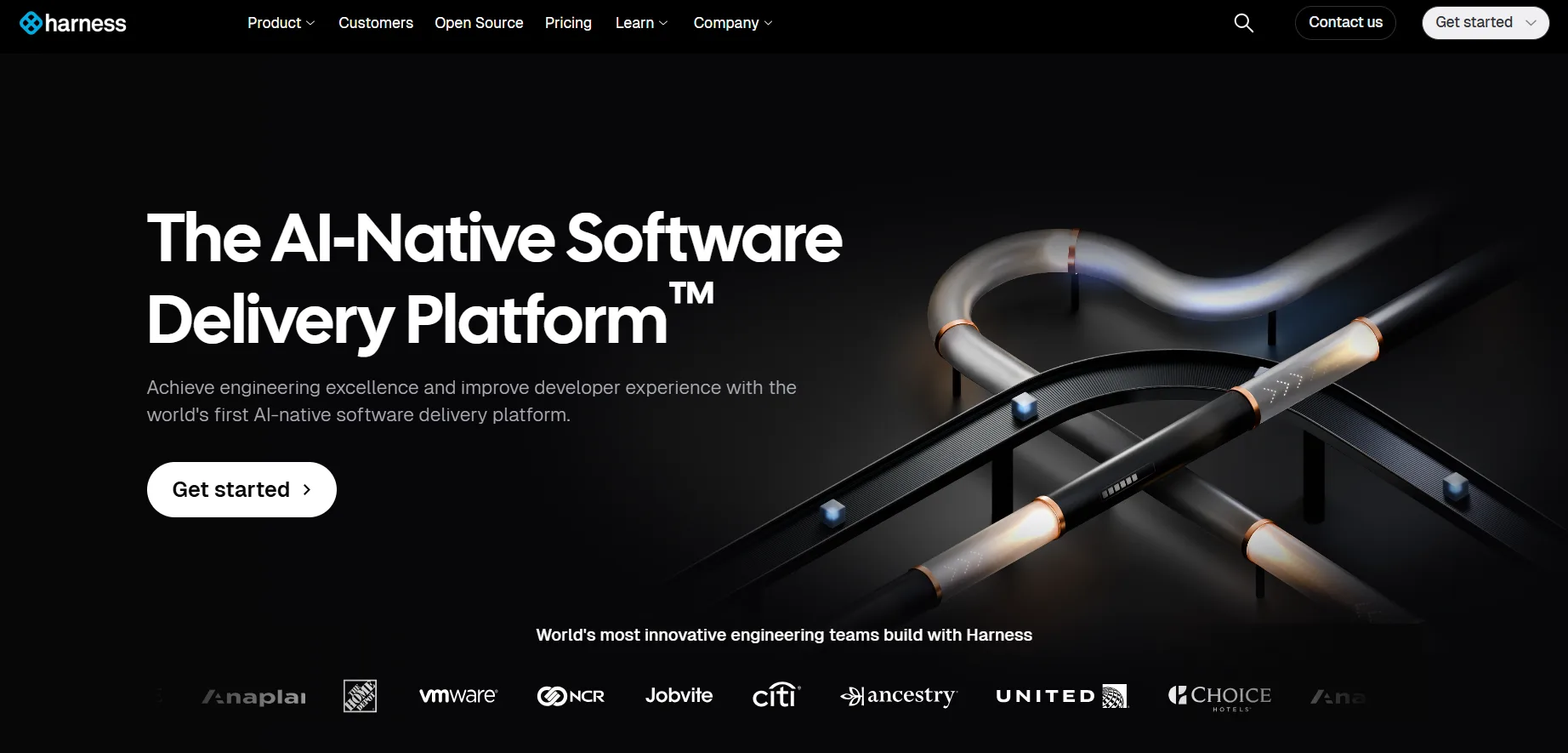
Purpose: Automates CI/CD with AI-driven rollbacks.
Key Features:
- ML-based anomaly detection during deployments.
- Automated rollback to stable versions.
- Pipeline optimization analytics.
Benefits: Reduces deployment failures by 25%, speeds up releases.
Ease of Use: Intuitive for CI/CD teams; moderate setup.
Integration: Works with GitHub, Jenkins, and Kubernetes.
Pricing Model: Subscription-based; free trial available.
Real-World Application: A Nigerian logistics startup uses Harness for automated rollbacks, ensuring 99.9% uptime.
Pros: Reliable, scalable, user-friendly.
Cons: Premium pricing for advanced features.
15. Cortex
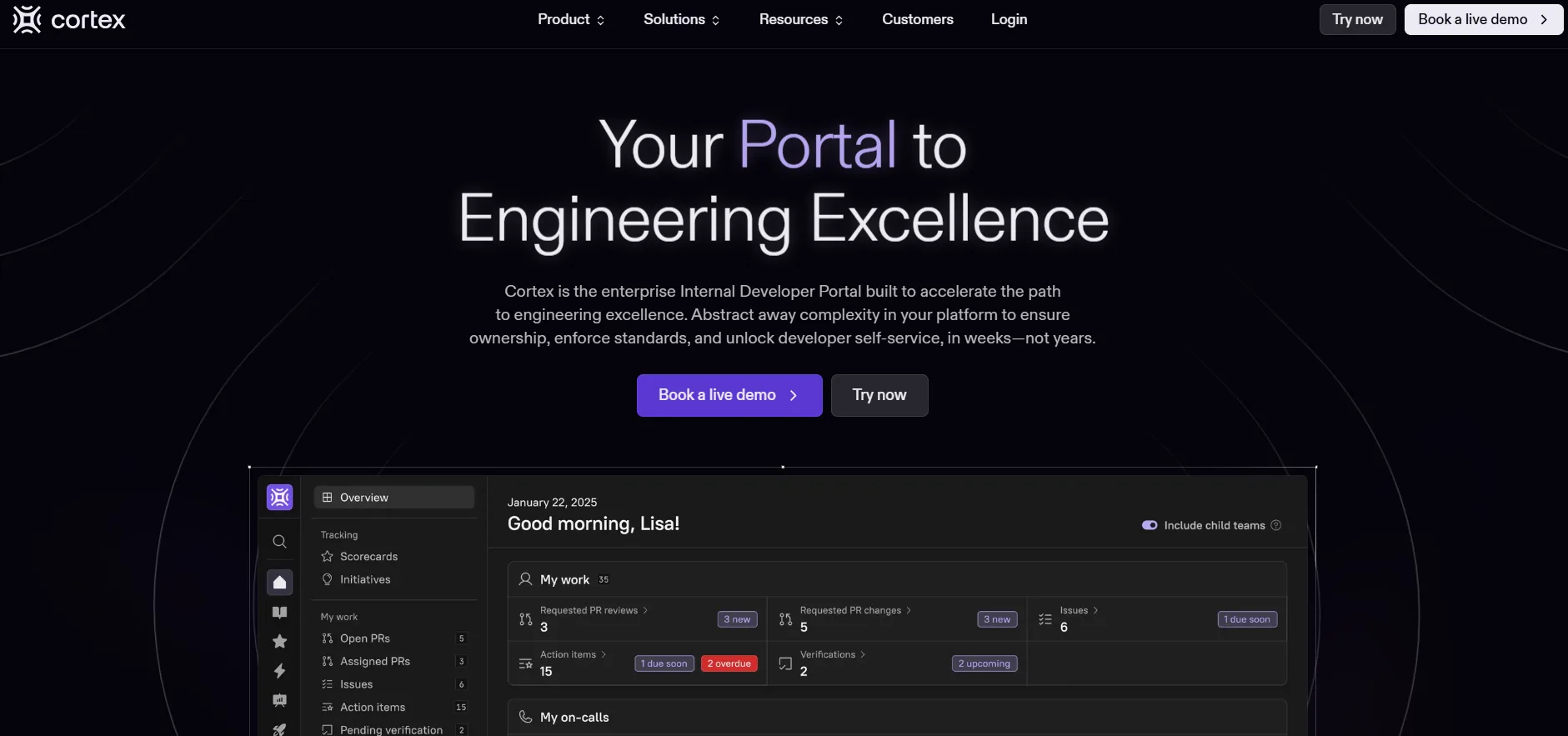
Purpose: Maps microservice dependencies for complex environments.
Key Features:
- Automatic dependency mapping.
- AI-driven reliability insights.
- DORA metrics tracking.
Benefits: Improves DORA metrics from medium to elite in three months.
Ease of Use: Moderate; best for microservices expertise.
Integration: Supports Kubernetes and cloud platforms.
Pricing Model: Custom pricing for enterprises.
Real-World Application: A fintech SME in Lagos uses Cortex to fix reliability issues, reducing downtime by 30%.
Pros: Ideal for microservices, robust analytics.
Cons: Expensive, complex for small teams.
AI Tool Comparison
Below are two comparison tables to help DevOps teams choose the right tools based on their needs.
Table 1: Feature Comparison
| Tool | Predictive Analytics | Automated Testing | Security Monitoring | Infrastructure Automation | Collaboration Features |
|---|---|---|---|---|---|
| GitHub Copilot | Limited | Yes | No | Partial | Yes |
| AWS CodeGuru | Yes | Yes | Yes | No | Limited |
| Dynatrace | Yes | No | Yes | Partial | Yes |
| Jenkins AI | Yes | Yes | No | Yes | Limited |
| Kubiya | Partial | No | No | Yes | Yes |
Table 2: Pricing and Suitability
| Tool | Pricing Model | Best For | SME Suitability |
|---|---|---|---|
| GitHub Copilot | $10/month | Developers, startups | High |
| AWS CodeGuru | Pay-as-you-go | AWS users, enterprises | Moderate |
| Dynatrace | Subscription | Enterprises, large teams | Low |
| Jenkins AI | Free (open-source) | Startups, SMEs | High |
| Kubiya | Freemium | Cloud-native teams, SMEs | High |
Ethical Considerations & Best Practices
Using AI for DevOps tools raises ethical concerns, particularly around data privacy and model bias. AI models trained on biased datasets may produce skewed recommendations, affecting pipeline reliability. To mitigate this:
- Data Privacy: Ensure tools comply with GDPR or local regulations like Nigeria’s NDPR. Use secure, self-hosted options like CodeGPT for sensitive data.
- Bias Mitigation: Regularly audit AI outputs for fairness and accuracy.
- Transparency: Choose tools like InsightFinder that cite data sources for predictions.
- Responsible Use: Train teams on AI limitations to avoid over-reliance.
“AI in DevOps is a force multiplier, but only if we prioritize transparency and ethical data practices.” – Dr. Ada Okoye, AI Ethics Researcher, 2025.
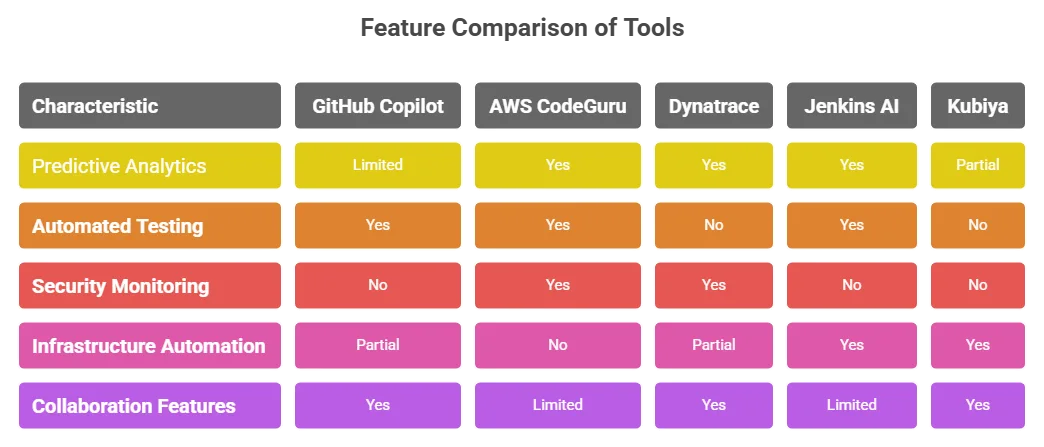
The Future of AI for DevOps
AI for DevOps tools are revolutionizing software development by automating repetitive tasks, predicting failures, and enhancing collaboration. From GitHub Copilot’s code suggestions to Dynatrace’s predictive analytics, these 15 tools empower teams to deliver high-quality software faster. For SMEs in Nigeria and beyond, freemium and open-source options like Jenkins AI and Kubiya offer cost-effective solutions. Embrace these AIOps tools to transform your DevOps pipeline solutions and stay competitive in 2025. Visit aitooljournal.com for more insights on AI for DevOps tools.
Frequently Asked Questions
How do AI for DevOps tools improve developer productivity?
AI for DevOps tools automate repetitive tasks like code reviews, testing, and monitoring, freeing developers to focus on strategic work. Tools like GitHub Copilot and Kubiya reduce coding and troubleshooting time by up to 50%.
What are the best AI tools for startups on a budget?
Jenkins with AI Plugin, Kubiya, and Apidog offer freemium or open-source models, ideal for startups. They automate CI/CD, infrastructure, and API management, saving time and costs.
Can AI for DevOps tools enhance security?
Yes, tools like Sysdig and AWS CodeGuru detect vulnerabilities early, ensuring compliance and reducing security risks in DevOps pipelines.
How do AIOps tools support SMEs in Nigeria?
AIOps tools like ClickUp Brain and Apidog provide affordable, user-friendly automation, helping Nigerian SMEs scale infrastructure and streamline workflows without large budgets.
What ethical concerns should DevOps teams consider with AI?
Teams should prioritize data privacy, audit for bias, and ensure transparency in AI outputs to maintain trust and compliance with regulations like NDPR.






